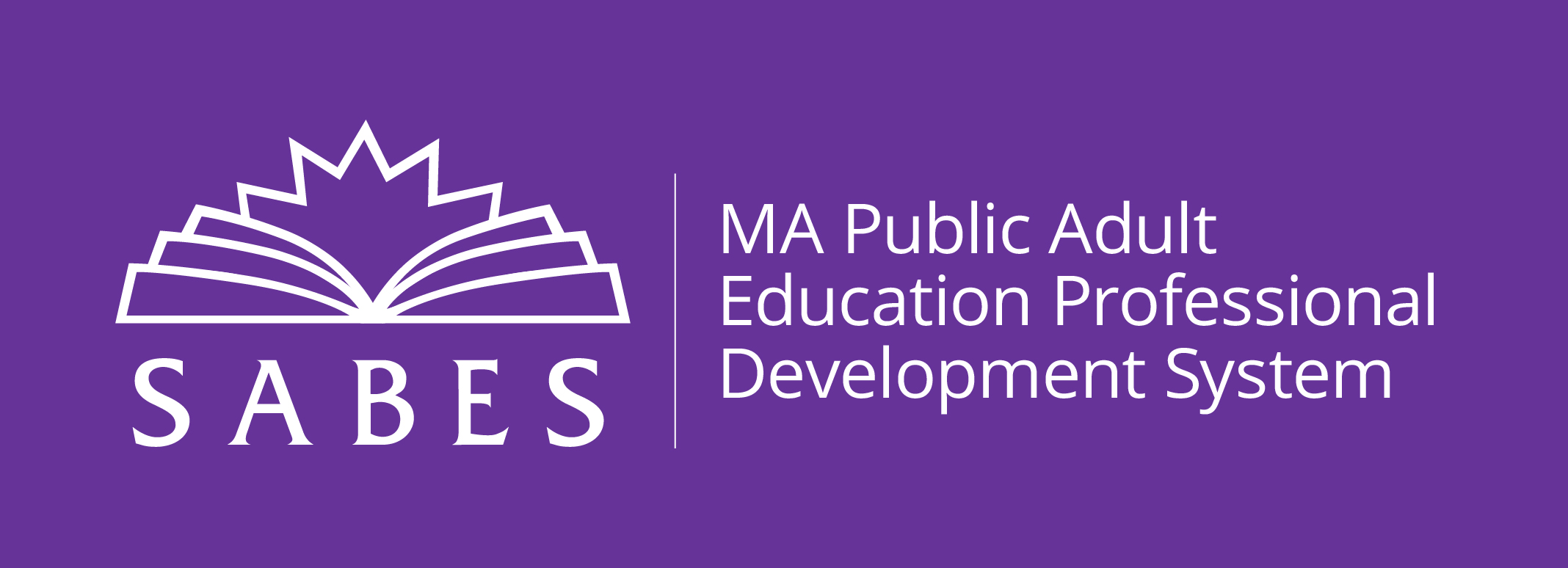Project-Based Learning (PBL) teaches skills that matter (critical thinking, communication, processing and analyzing information, self-awareness, problem-solving, navigating systems, adaptability and willingness to learn, respecting differences and diversity, and interpersonal skills) while teaching content skills in a real-world context.
These steps are one way to use a Project-Based Learning Plan:
- Step 1: The teacher introduces the Project-Based Learning unit by sharing the theme and Driving Question.
- Step 2: The teacher shares the product options (a plan, presentation, graph, video, etc.) and schedule with the learners.
- Step 3: With student input, the teacher facilitates activities from the resource list that give students more information about the content needed to create a product that answers an aspect of the Driving Question. The teacher provides resources for the class, individuals, or groups that either support learning the content or support the inquiry process.
- Step 4: Learners complete their project and publish or present their work publicly.
- Step 5: The teacher and students reflect and assess their products and the process.
We've compiled some ready-to-go materials to help you get started with PBL.
- This plan for PBL with diabetes as the theme (includes a learning plan and supporting materials.)
- This case study so you can read about how one teacher used the diabetes learning plan with students.
- You can use this blank, annotated template and supporting materials to plan PBL in your class.
- Since PBL may be new to your students, we've also created and curated some PBL materials that you can use to support students as they learn in this new way.
Topic Area
ADEI (anti-racism, diversity, equity, and inclusion)
Curriculum Development
English Language Arts
ESOL/English Learners
High School Equivalency (HiSET/GED)
Learning Disabilities / Differences
Math & Numeracy
Science
Media Type
Document
Resource Type
Resource
PD Team
SABES Mathematics and Adult Numeracy Curriculum and Instruction PD Team
Action Type
Read


